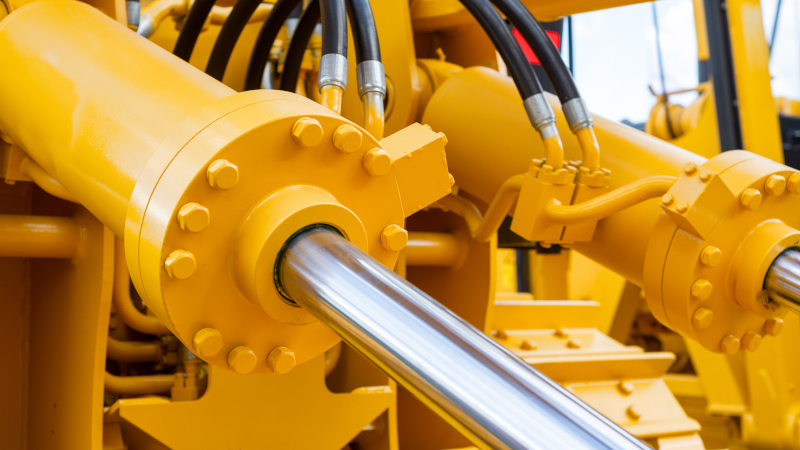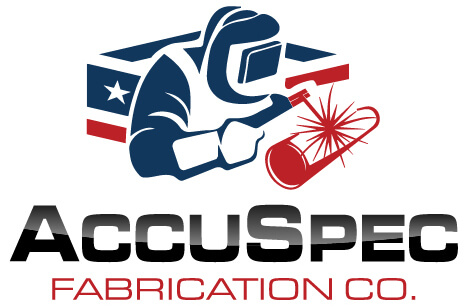If your machinery relies on hydraulic systems, selecting the right hydraulic cylinder is crucial. These powerful components convert hydraulic energy into mechanical force, allowing you to lift, push, or pull heavy loads. Understanding the different hydraulic cylinder types will help your system run smoothly and efficiently, reducing downtime and increasing productivity.

The Most Common Hydraulic Cylinder Types:
- Single-Acting Cylinders
- Double-Acting Cylinders
- Telescopic Cylinders
- Tie-Rod Cylinders
- Welded Cylinders
- Rotary Actuator Cylinders
- Mill-Type Cylinders
How to Choose the Right Hydraulic Cylinder Types for Your Equipment
- Determine load requirements. How much force does your application require?
- Consider stroke length. Match the cylinder’s extension range to your machinery’s needs.
- Account for mounting options. Ensure the cylinder integrates seamlessly with your setup.
- Evaluate operating conditions. Choose materials and seals that withstand temperature extremes and harsh environments.
- Factor in maintenance needs. Select designs that are easy to service and maintain.
- Plan for efficiency. Opt for cylinders that enhance energy efficiency and reduce hydraulic fluid consumption.
Applications for Hydraulic Cylinders:
- Construction: Operating excavators, loaders, and bulldozers.
- Oil and Gas: Powering drilling rigs, hydraulic presses, and pipeline construction.
- Agriculture: Driving machinery like tractors, balers, and harvesters.
- Manufacturing: Controlling presses, injection molding machines, and conveyors.
- Transportation: Lifting and dumping in trucks and trailers.
- Mining: Powering drills, crushers, and heavy excavation equipment.
- Aerospace: Assisting with aircraft landing gear and flight control systems.
The right hydraulic cylinder types can improve efficiency, reduce maintenance costs, and extend the life of your equipment. By understanding your project’s demands, you can select a cylinder that offers the features you need for success.
